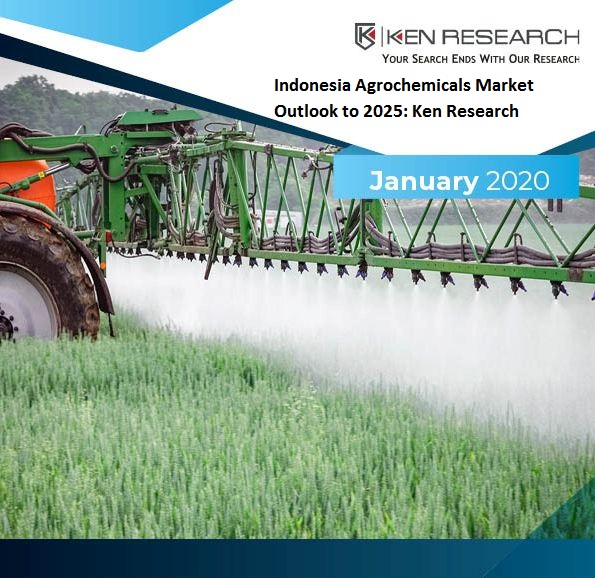In the dynamic world of protected cultivation, the choice of crop varieties is critical for maximizing yields, quality, and profitability. Let’s explore some of the key trends and developments in crop varieties tailored for greenhouse and polyhouse production:
High-Value Specialty Crops:
One of the notable trends in protected cultivation is the increasing focus on high-value specialty crops that command premium prices in the market. These crops include gourmet vegetables, exotic fruits, and culinary herbs that appeal to discerning consumers seeking unique flavors and nutritional benefits. Examples include heirloom tomatoes, specialty peppers, microgreens, edible flowers, and exotic berries. Growers are leveraging the controlled environment of greenhouses to cultivate these high-value crops year-round, meeting the demand for fresh, locally grown produce.
Disease-Resistant Varieties:
Disease resistance is a key consideration for growers aiming to minimize crop losses and optimize production in protected cultivation systems. Breeders are developing disease-resistant crop varieties that offer improved resistance to common pests, pathogens, and environmental stresses encountered in greenhouse environments. These varieties reduce the need for chemical pesticides and fungicides, lowering production costs and promoting sustainable farming practices. Examples include powdery mildew-resistant cucumbers, fusarium-resistant tomatoes, and downy mildew-resistant basil.
Compact and Dwarf Varieties:
Space optimization is crucial in greenhouse and polyhouse production, where land area is often limited or costly. Compact and dwarf varieties of crops allow growers to maximize planting density and utilize vertical growing space efficiently. These varieties have shorter internodes, smaller leaf sizes, and more compact growth habits, making them ideal for intensive cultivation systems such as hydroponics and vertical farming. Compact varieties of tomatoes, cucumbers, peppers, and strawberries are popular choices for greenhouse growers looking to increase yields and profitability.
High-Yield Hybrid Varieties:
Hybrid crop varieties offer the advantage of hybrid vigor, combining the desirable traits of different parent lines to produce plants with superior yield potential, disease resistance, and uniformity. Breeders are developing high-yield hybrid varieties tailored specifically for protected cultivation systems, optimizing traits such as fruit size, color, flavor, and shelf life. These varieties are well-suited for greenhouse production, where controlled environments enable growers to maximize the performance of hybrid plants and achieve consistent, high-quality yields.
Nutrient-Dense Superfood Varieties:
As consumer interest in health and wellness continues to grow, there is a rising demand for nutrient-dense superfoods rich in vitamins, minerals, antioxidants, and phytonutrients. Protected cultivation provides an ideal environment for growing nutrient-dense crops such as kale, spinach, arugula, and Swiss chard, which thrive in controlled conditions with ample sunlight and optimal nutrient availability. Growers are diversifying their crop portfolios to include a wide range of superfood varieties, catering to health-conscious consumers seeking fresh, nutrient-packed produce year-round.
Conclusion
The Protected Cultivation Market crop varieties is characterized by innovation, diversity, and adaptation to changing consumer preferences and market demands. By selecting high-value specialty crops, disease-resistant varieties, compact and dwarf varieties, high-yield hybrid varieties, and nutrient-dense superfood varieties, growers can optimize productivity, quality, and profitability in greenhouse and polyhouse production. As breeders continue to develop new and improved crop varieties, the potential for innovation and growth in protected cultivation remains boundless.

